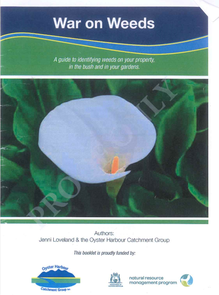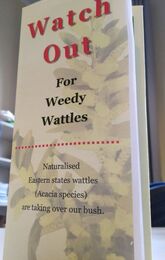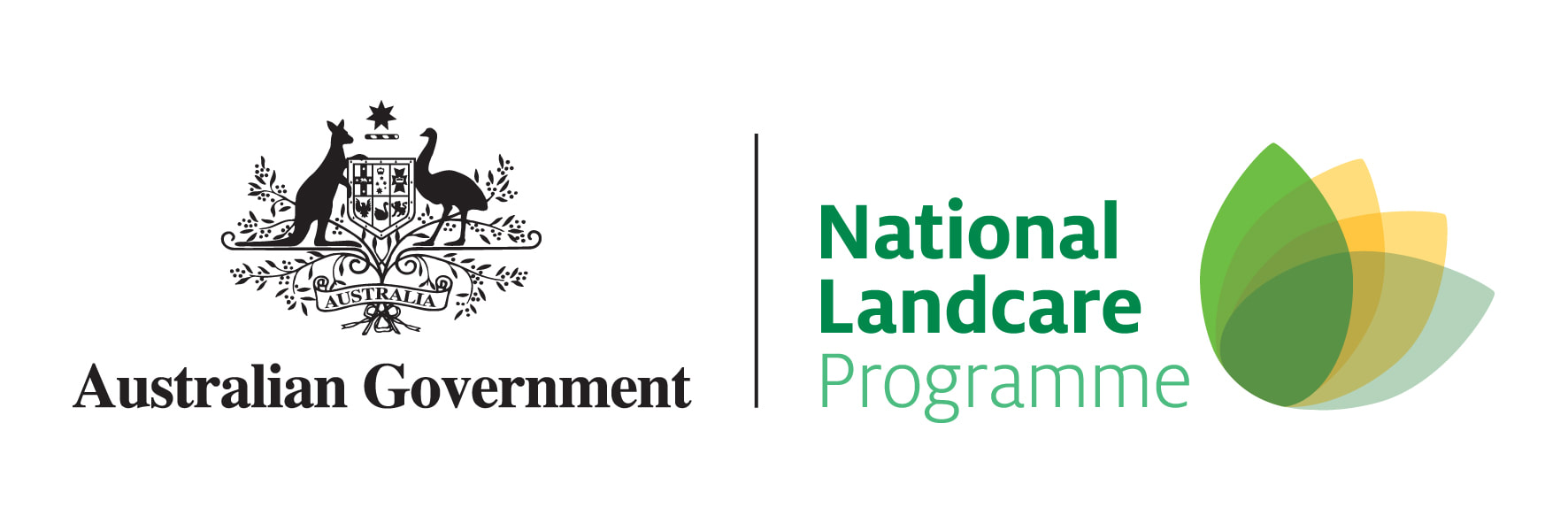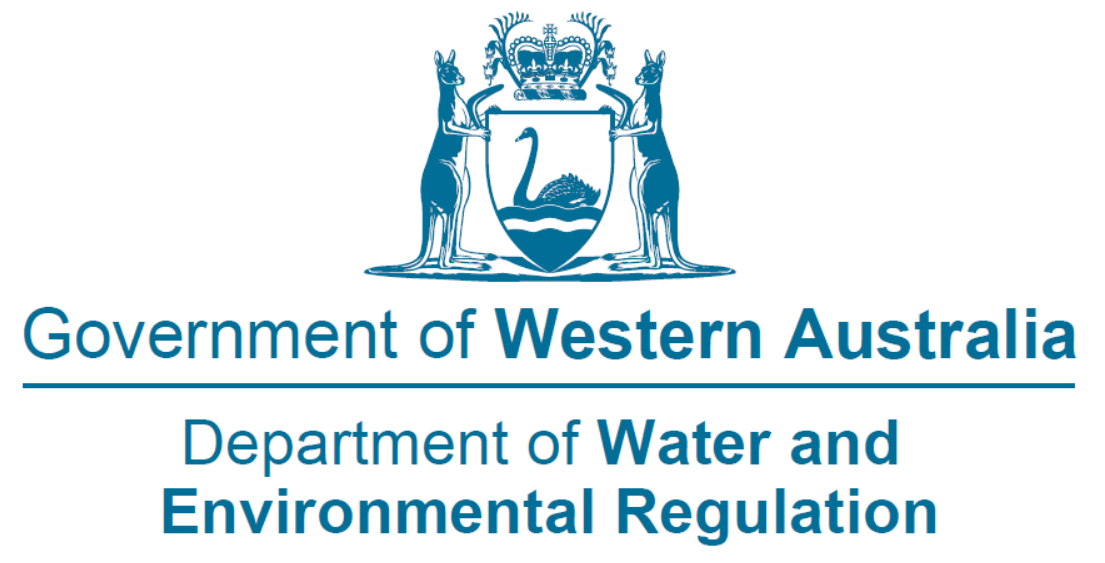What is an Invasive Plant/Weed?
"A weed is a plant growing where it is not wanted. Any plant can become a weed"
A weed/ invasive plant is any plant that requires some form of action to reduce its effect on the economy, the environment, human health or amenity. Many plants introduced into Australia in the last 200 years are now weeds. Weeds typically produce large numbers of seeds, assisting their spread. They are often excellent at surviving and reproducing in disturbed environments and are commonly the first species to colonise and dominate in these conditions. A weed can be an exotic species or a native species that colonises and persists in an ecosystem in which it did not previously exist.
Weeds pose a serious risk for primary producers as they can impact on market access and agricultural production.
In 2006/07, each Western Australian agricultural business spent an average of $29 376 ($341 million total) on weed control (Australian Bureau of Statistics).
Controlling these weeds is a shared responsibility between landholders, grower groups, biosecurity groups and the Department of Primary Industries and Regional Development.
How do I prevent the Spread of weeds?
Weeds pose a serious risk for primary producers as they can impact on market access and agricultural production.
In 2006/07, each Western Australian agricultural business spent an average of $29 376 ($341 million total) on weed control (Australian Bureau of Statistics).
Controlling these weeds is a shared responsibility between landholders, grower groups, biosecurity groups and the Department of Primary Industries and Regional Development.
How do I prevent the Spread of weeds?
- Don’t dump garden waste instead:
- Bury deeply, and watch the area for regrowth
- Burn waste, then bury deeply
- Bag (or cover) weeds in heavy duty black plastic. This will kill the plants, so that they can be disposed of safely (watch for seedlings popping up as it may not kill all mature seeds)
- When buying new plants, buy them from a reputable nursery and research weedy potential or plant only local natives in your garden
- Control the spread of exotic plants in your garden by containing them on your property. If a plant becomes unmanageable or if this plant is spreading rapidly, consider removing it
- Join a Landcare/weeding group in your area. Your help in controlling weeds will be highly valued
Weeds of National Significance
To help focus national efforts to address weed problems in Australia, a list of Weeds of National Significance was compiled. Plant species were selected on the basis of their invasiveness and impact characteristics, their potential and current area of spread and their primary industry, environmental and socioeconomic impacts.
In Western Australia many Weeds of National Significance are also declared pests under the Biosecurity and Agriculture Management Act 2007 and legally have to be managed by landholders.
To protect Western Australia’s agriculture the Department of Primary Industries and Regional Development:
For advice on Weeds of National Significance in Western Australia search their website, the Western Australian Organism List or contact our Pest and Disease Information Service (PaDIS).
To help focus national efforts to address weed problems in Australia, a list of Weeds of National Significance was compiled. Plant species were selected on the basis of their invasiveness and impact characteristics, their potential and current area of spread and their primary industry, environmental and socioeconomic impacts.
In Western Australia many Weeds of National Significance are also declared pests under the Biosecurity and Agriculture Management Act 2007 and legally have to be managed by landholders.
To protect Western Australia’s agriculture the Department of Primary Industries and Regional Development:
- regulates weeds under the Biosecurity and Agriculture Management Act 2007
- provides a weed identification service
- provides information on weed control, crop weeds, regulated/declared plants and herbicides.
For advice on Weeds of National Significance in Western Australia search their website, the Western Australian Organism List or contact our Pest and Disease Information Service (PaDIS).
Local Weed Booklet

This new Oyster Harbour Catchment Group resource the "War on Weeds" booklet is a gardeners guide to pretty weeds that tend to cause a lot of damage.
See electronic version here
If you would like one of these booklets all you have to do is become a member of OHCG for $11 and we will give you one for free. You can also come in and have a look or talk to us about weeds at the office in old railway station building in Mt Barker and we will help you how ever we can.
See electronic version here
If you would like one of these booklets all you have to do is become a member of OHCG for $11 and we will give you one for free. You can also come in and have a look or talk to us about weeds at the office in old railway station building in Mt Barker and we will help you how ever we can.
Local Weedy Wattle Brochure
|
Wattles from the Eastern states were originally planted in gardens, shelter belts and plantations and have since become major weeds. Plants that invade bushland and threaten native plants by out-competing them are known as environmental weeds. Learn how to identify and control them with this brochure.
See electronic version here |
Contact us to request a hard or ask any further questions
We acknowledge the Minang and Koreng people as the traditional custodians of the land on which we work and live. We pay our respects to the Elders, past, present, and emerging and to the wider Noongar community.
Sponsors and Supporters












